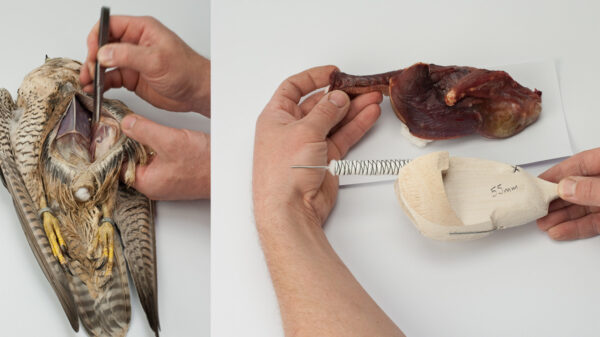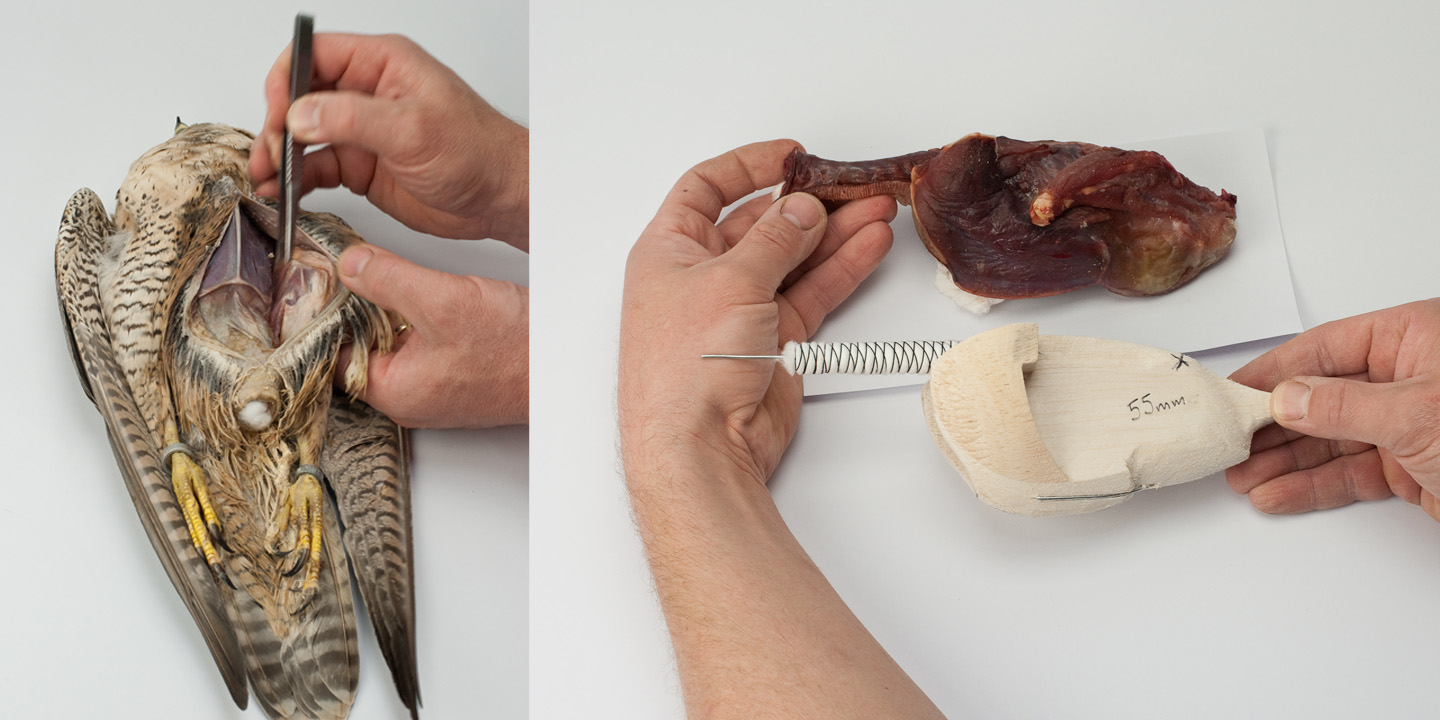Taxidermy is an art form, a skill honed through years of study and practice. Well-executed mounts are stunningly lifelike. They also help inspire scientific discovery – thanks to taxidermy, the world learned that platypuses are real animals.
Traditional
Taxidermy is a time-honored art form that goes back to ancient times. In fact, embalmed animals have been found with Egyptian mummies. The earliest written records of taxidermy can be traced to France and Britain in the early 18th century. Its most basic form involves preserving animal skins to make them look alive and natural. The process has evolved with advances in technology and materials, but the basic steps remain the same.
To begin the taxidermy process, a dead animal must be preserved or “tanned.” Tannin is an organic compound made from bark, leaves, and fruit. The animal is skinned, fleshed out, cleaned, and treated with a dry preservative. Depending on the size of the animal, this could take months to complete.
After the skin is prepared, it’s attached to a “form.” This can be anything from a piece of wood to a mannequin or other internal structure called a manikin. The form serves as the basis for the mount’s body shape and internal details. In the past, this step was often rather crude and unrefined – in addition to the manikin, the animals were stuffed with things like twine, straw, cotton, and other materials that could be sewn to the skin. In this early stage, the taxidermist may use modeling clay to reform the animal’s shape and add details.
Once the skin is firmly affixed to the form, it’s pinned into place and allowed to dry. The finished product can then be adorned with glass eyes, a tail, and other accessories to make it look more lifelike. Many people like to display their taxidermy in an outdoor setting, such as a tree, rock formation, or the inside of a teepee.
Although some people assume that taxidermists are hillbilly mad scientists with a thirst for blood, most are simply animal lovers who feel that mounting an animal is the ultimate show of respect. Some even work solely with non-hunted animals, such as roadkill, to help protect wildlife and raise awareness of environmental issues. Others choose to work with endangered species or animals that are difficult to preserve, such as fish and other sea creatures.
Modern
While the idea of taxidermy may make some people squeamish, it’s important to remember that this craft combines many different disciplines, including sculpting, woodworking, sewing, and tanning. And while it might seem strange to some, it’s a legitimate art form that is making a comeback in the 21st century, bringing in $600 million each year in the United States alone.
Initially, the practice was a primitive process. Animals were gutted, stuffed with cotton or straw, and sewed back together for display. Eventually, scientists discovered preservative chemicals like arsenic, allowing the skin to last longer. This gave rise to a much more precise and realistic form of the craft, enabling animals’ eyes, noses, ears, and teeth to be preserved as well.
In modern taxonomy, the most common method is preserving the skins of animals for mounting, which is usually done by a professional taxidermist. Depending on the animal, the skin is either treated with preserving chemicals or tanned before it’s mounted on a mannequin or polyurethane form. The bones are often used to help support the mount, and clay is added to create a face and install glass eyes. A finishing touch includes paint to give the animal a more lifelike look.
Some taxidermists also specialize in a type of mount known as reproduction, which is made from fiberglass or resin instead of the actual body of an animal. It’s typically used to replicate endangered species or animals that are difficult to preserve, such as fish and sea life. It can also be useful in zoos and museums, where it’s possible to display a full or partial skeleton of an animal, rather than just the skin.
While traditional techniques remain popular, more and more people are choosing to do their own variations on the craft. Brooklyn-based taxidermist Kate Clark, for example, specializes in “alternative” mounts, which feature a variety of props and outfits to make an animal seem livelier. Her Etsy shop features a chipmunk paddling in a canoe and a punk-rock mouse with a mohawk and tiny records.
Small Game
Taxidermy is often associated with hunters and fishermen, but some taxidermists work on animals that aren’t hunted. They preserve the skins of fish, birds, and reptiles for science, education, and display. Some people are squeamish about the practice, but it doesn’t involve killing or torturing the animal to death. If the animal is preserved correctly, it can last for years or even centuries.
The first step is to skin the animal, which can be difficult, depending on what type of animal it is and how large it is. The hide, or skin, needs to be tanned or preserved, and this can take months if the animal is large, such as a deer or bear. Amber says smaller animals, like squirrels and foxes, can be preserved quickly using a dry treatment. This method involves powdering the skin with a preservative, which can be made from a variety of things, such as borax or salt.
After the animal is skinned, it’s important to keep it cool, as bacteria can grow if it starts to spoil. For this reason, it’s best to keep the animal in a freezer, which is not ideal for mounting but will help preserve the animal. Some taxidermists use a hair dryer instead of a freezer, but this method is less effective and can cause the skin to shrink or crack.
Another way to preserve the animal is by stuffing it with cotton and letting it dry. This is a quicker process than tanning, but it’s not as effective. The animal will not look as life-like after this method, but it will still serve its purpose.
Some animals, such as frogs, may be preserved by creating a cast of their body, which is then molded into the desired shape and filled with plaster. This type of preservation is used for smaller animals because it’s less expensive than tanning.
Once the skin is shaped and plastered, it can be painted to make the final product look realistic. In addition, the eyes of the animal are usually replaced with glass or acrylic, as real eyes would rot over time. The finished product is then hung on a wall or displayed in a frame.
Preserving Animals
When it comes to animals, taxidermy has been around for centuries. The ancient Egyptians mummified their treasured pets, and in the Victorian era, people displayed preserved heads to show off their hunting and fishing accomplishments. Today, many people choose to preserve their own pets to create a permanent link to the spirit of their loved ones.
A good taxidermist works carefully to maintain the lifelike appearance of a specimen. They clean the skin and fur of a dead animal, then place it over a frame that is shaped to match the original size and posture of the animal. The skin is then stitched to the frame using a needle and thread. Taxidermists also add small features, such as eyes and a nose, to give the specimen an authentic look.
The next step is to tan the skin. Tanning is a complicated process that uses chemicals to preserve animal skin. It may take months for large mammals to prepare the hide for mounting. Smaller animals, such as birds and raccoons, can be mounted quickly using a dry preservative, which is basically powdered borax.
After the skin dries, the taxidermist can remove the pins and do any final touch-ups. The skin’s natural pigments often fade during the drying process, so the taxidermist must use specialized paint to give the animal its color again. The taxidermist may also blow dry and brush the animal’s hair or feathers to make them more lifelike.
Some people prefer to use synthetic materials for their mounts, which can be less expensive than traditional taxidermy. Another alternative is freeze-drying, in which the entire body is preserved in a vacuum chamber. This method can take up to six months, and it is used by scientists who want to study rare animals that would be difficult or impossible to capture alive.
When preserving an animal, taxidermists must consider the impact of their work on society and the environment. They must be careful not to damage the skin, fur, or feathers during tanning. They must also keep in mind that some people are uncomfortable with the idea of displaying a dead animal.

















































You must be logged in to post a comment Login